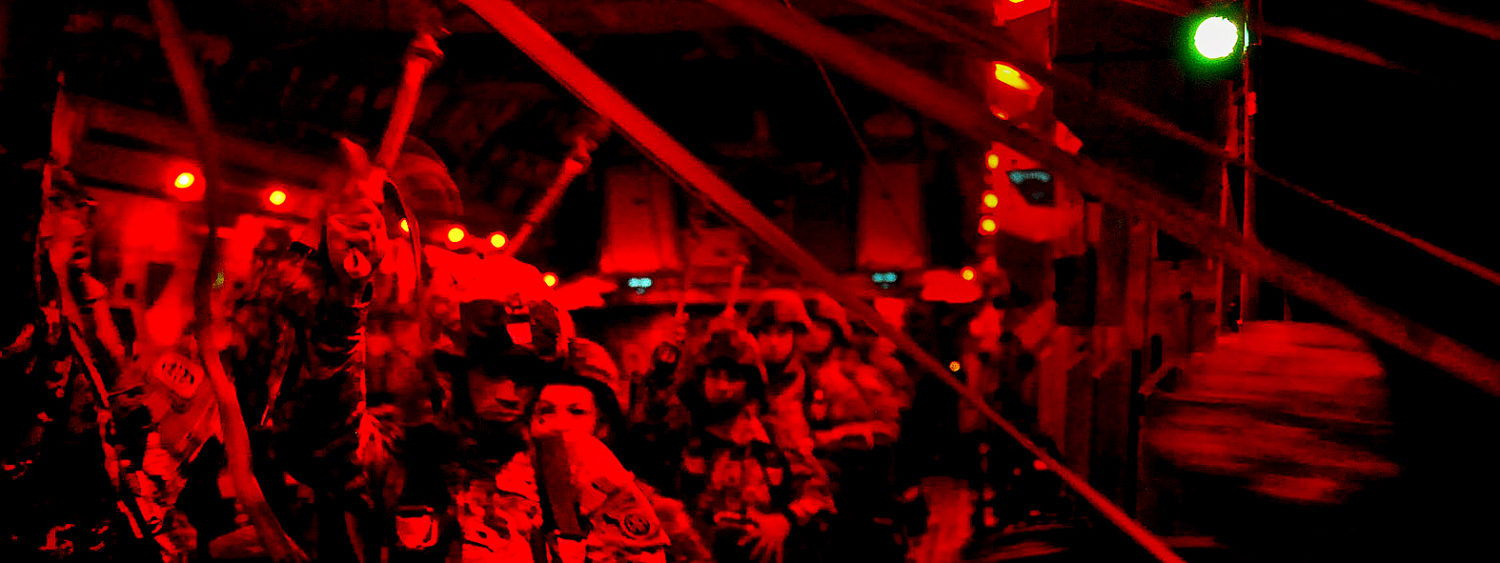You are the Battle Staff NCO of 1st Battalion, 29th Infantry Regiment, 199th Brigade. Your Brigade’s AO is Jalalabad, Afghanistan, in support of NATO forces. Recently, your battalion has been focusing on the southern sector of the area of operations. Your units intercepted arms and explosives flowing from Pakistan into Afghanistan through the mountains of tribal Pakistan into the Tora Bora region. This region has three major tribes in the area – Pashtun, the Wakhi, and the Tajik tribes. The clans, led by family patriarchs continue to fight each other, regardless of tribe, over water rights, territory, and trade rights. The BDE has started to establish allies and informants in the area.

A competitor in the United States Army Special Operations Command International Sniper Competition uses a digital range finder on his weapon while engaging long-distance targets at Fort Bragg, North Carolina, March 19, 2019. (U.S. Army photo by K. Kassens)










